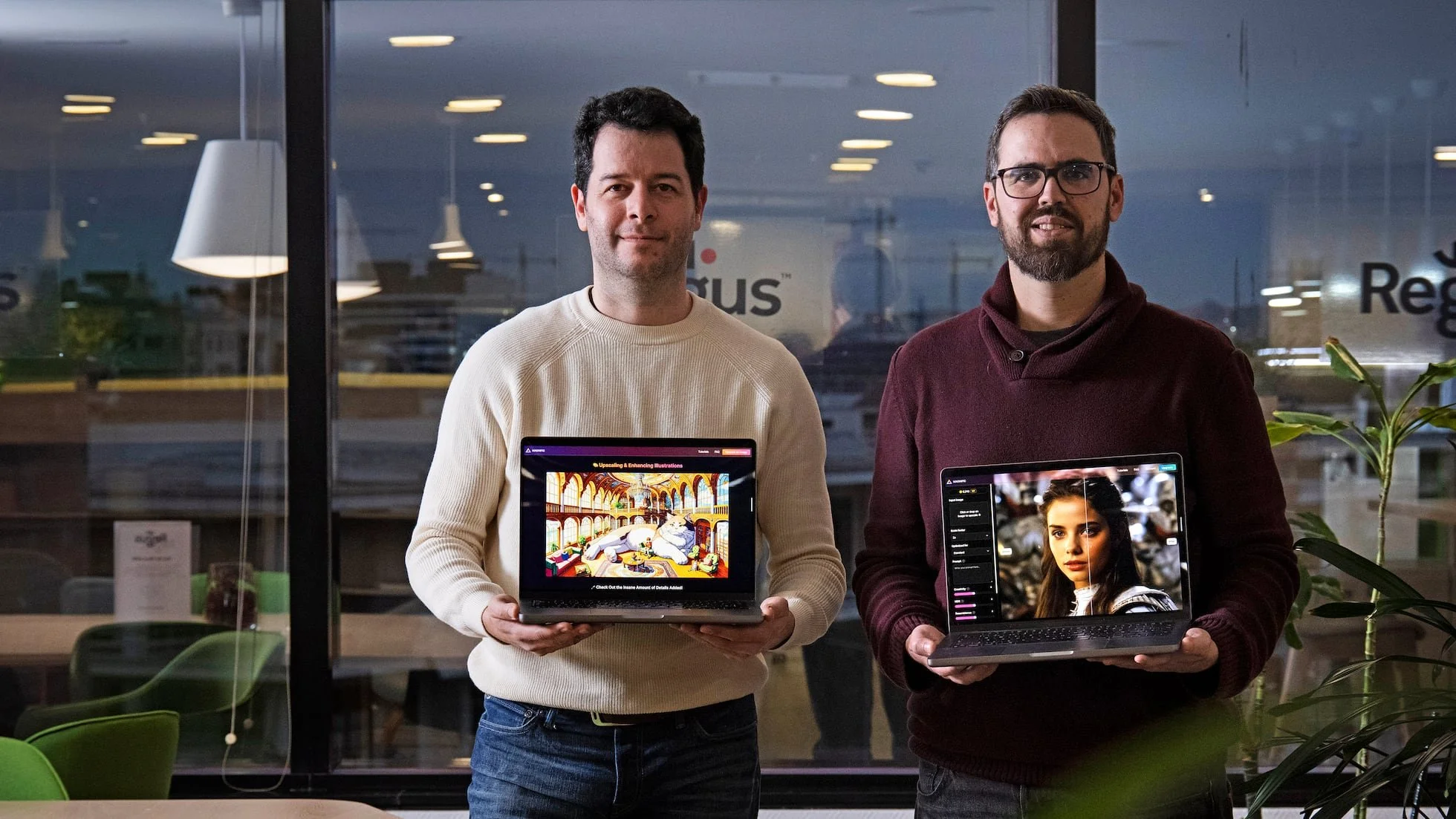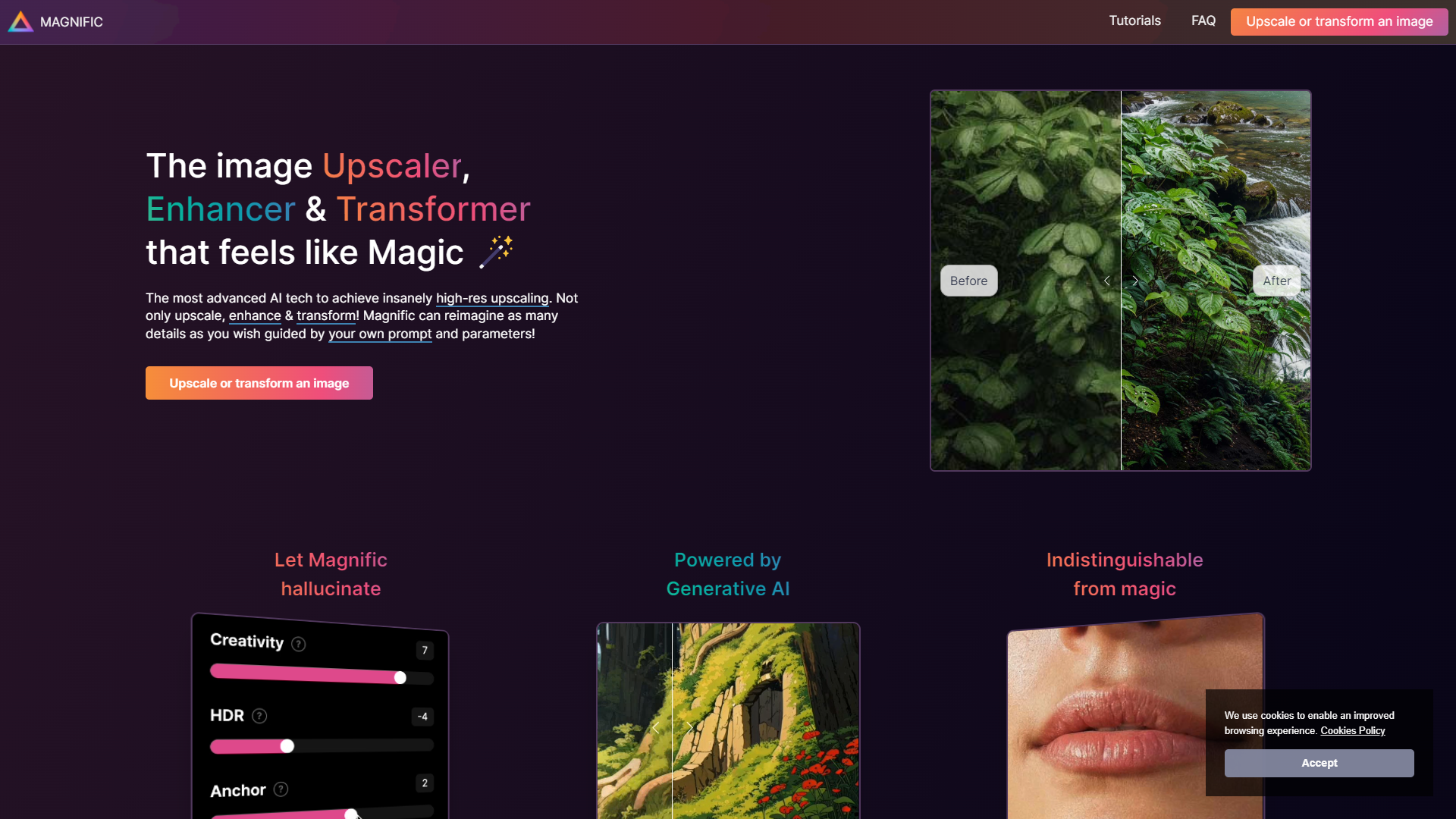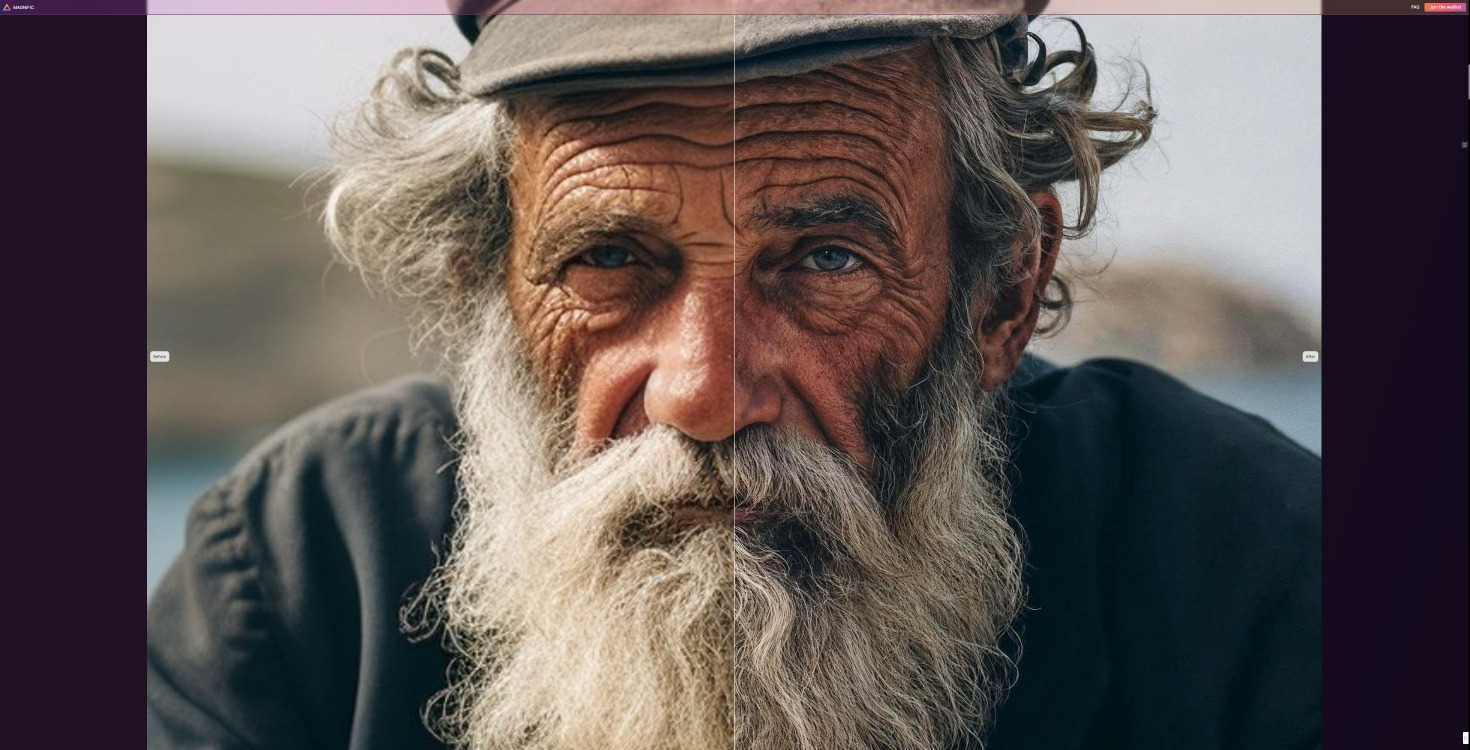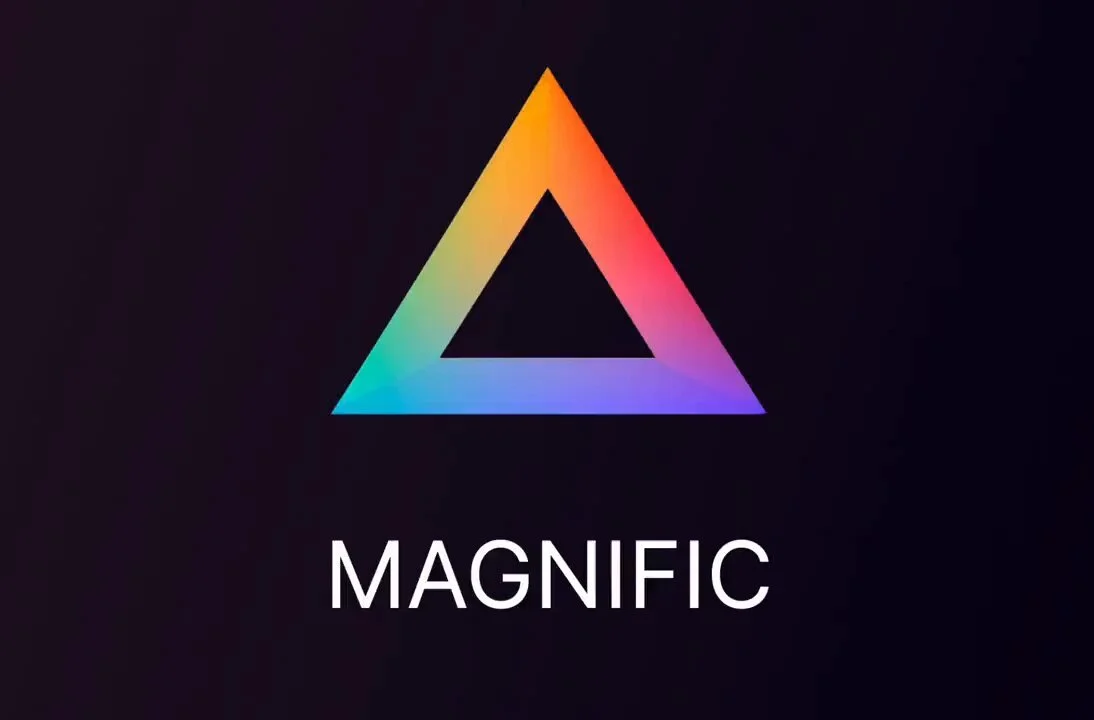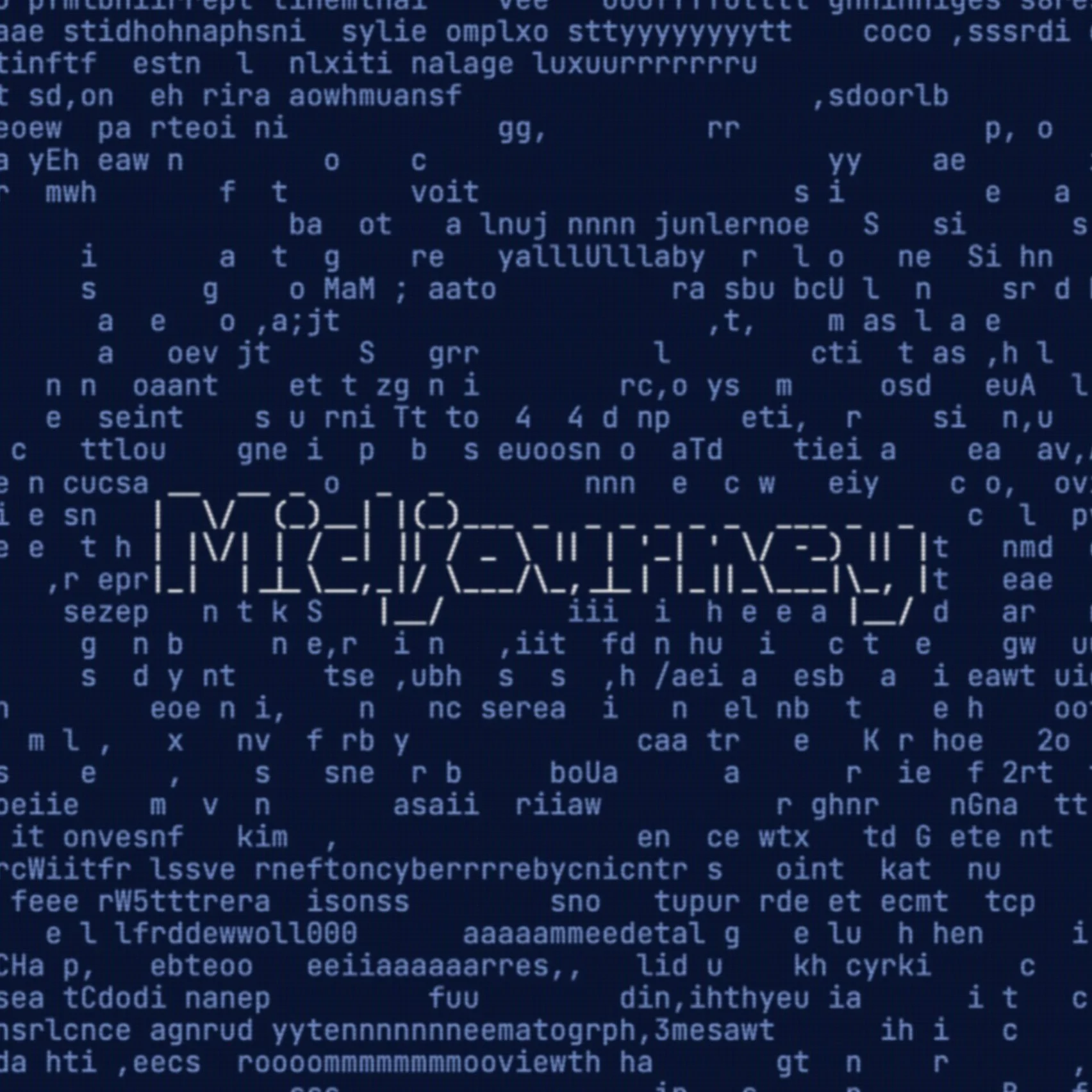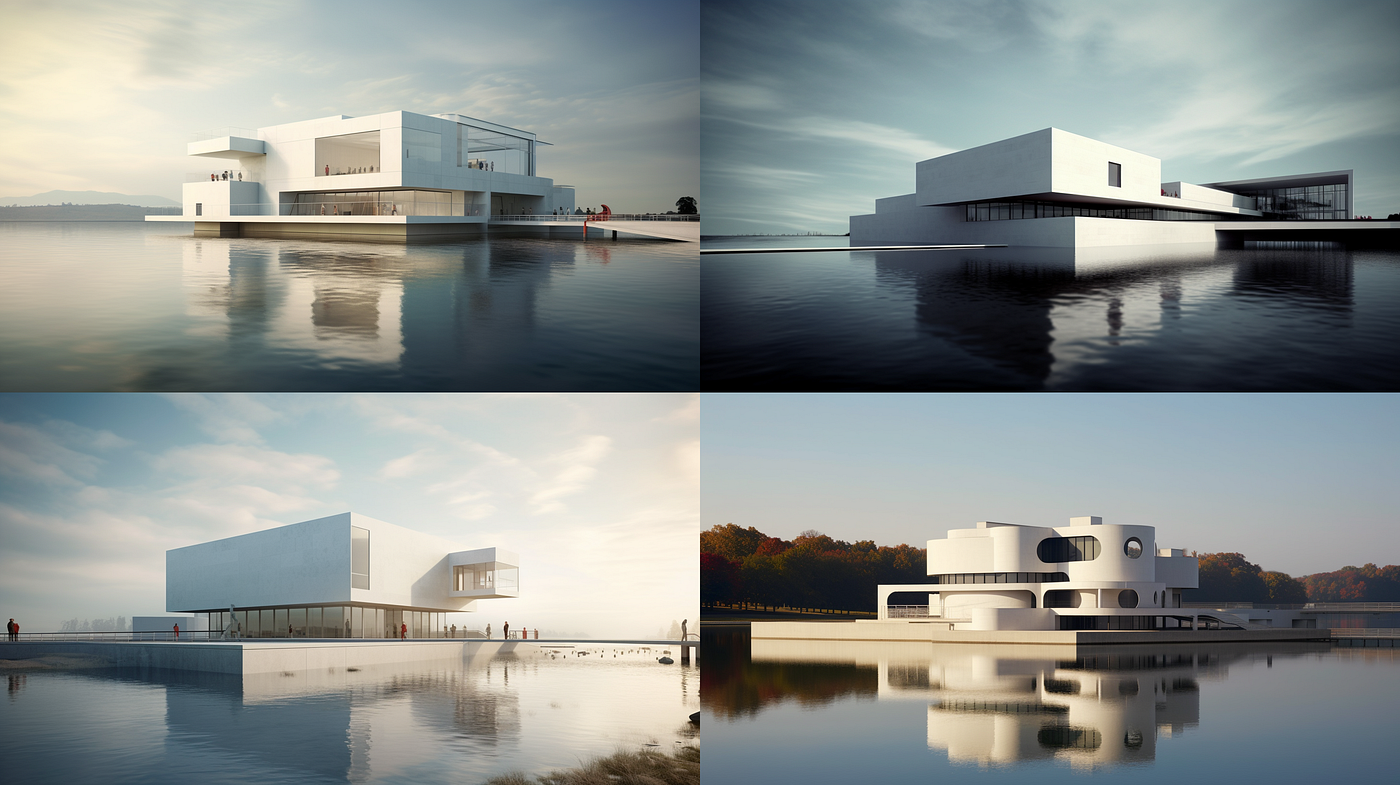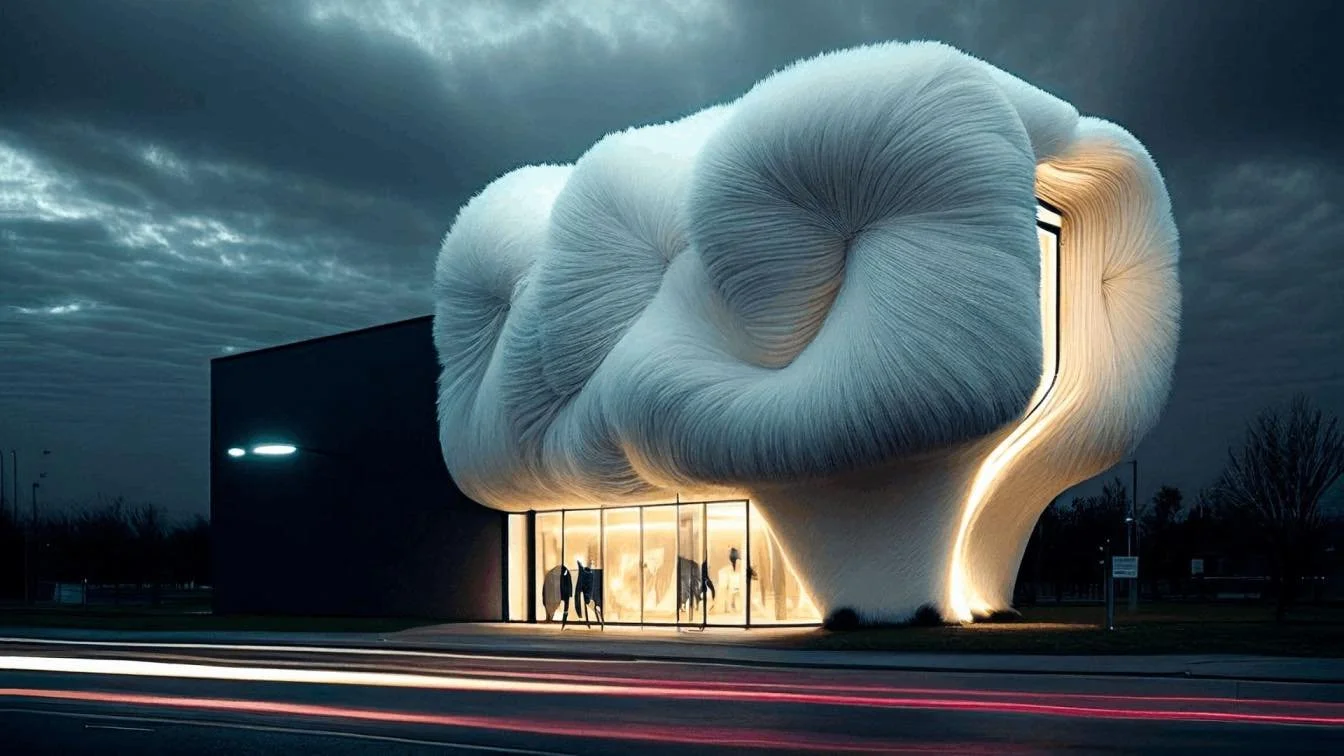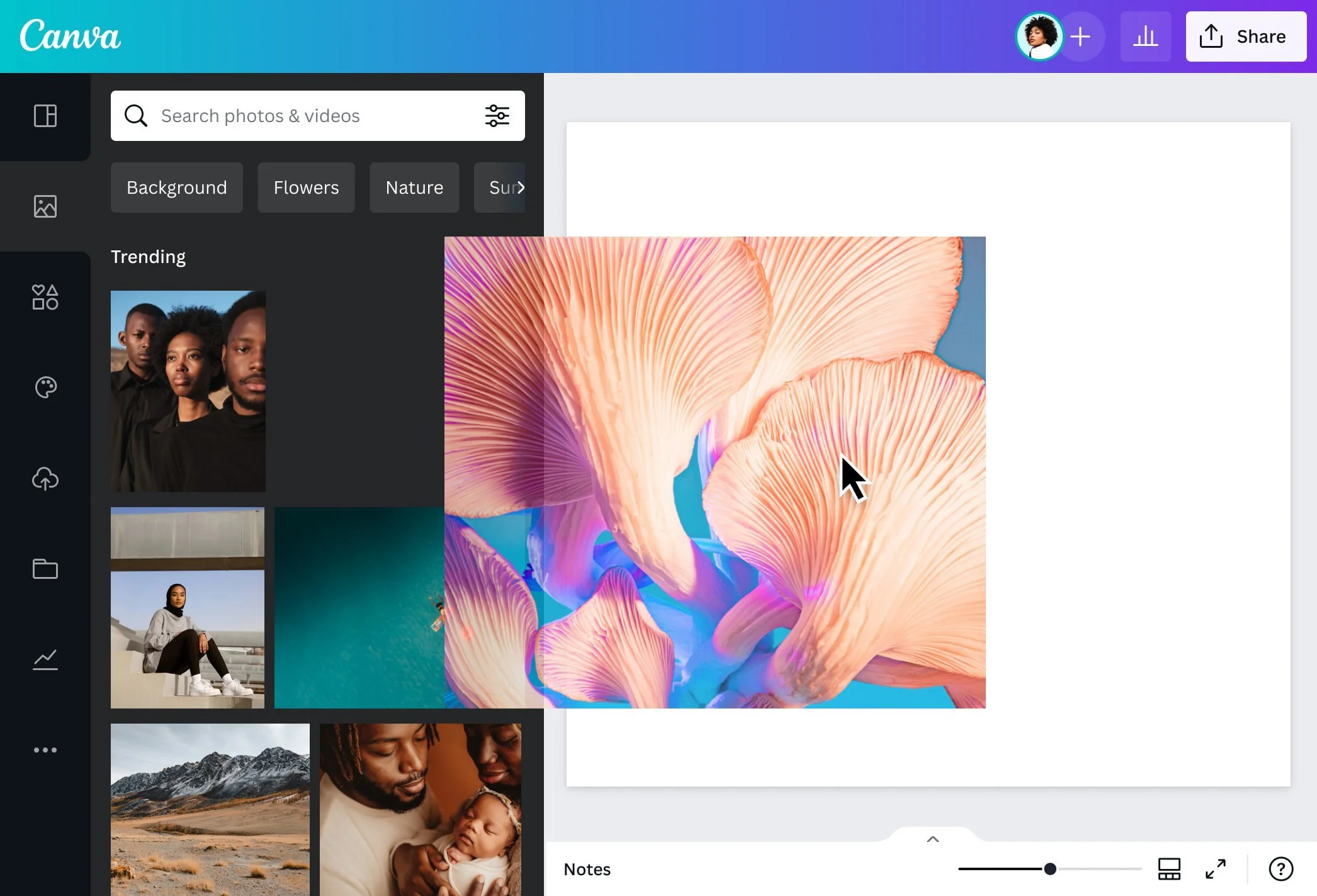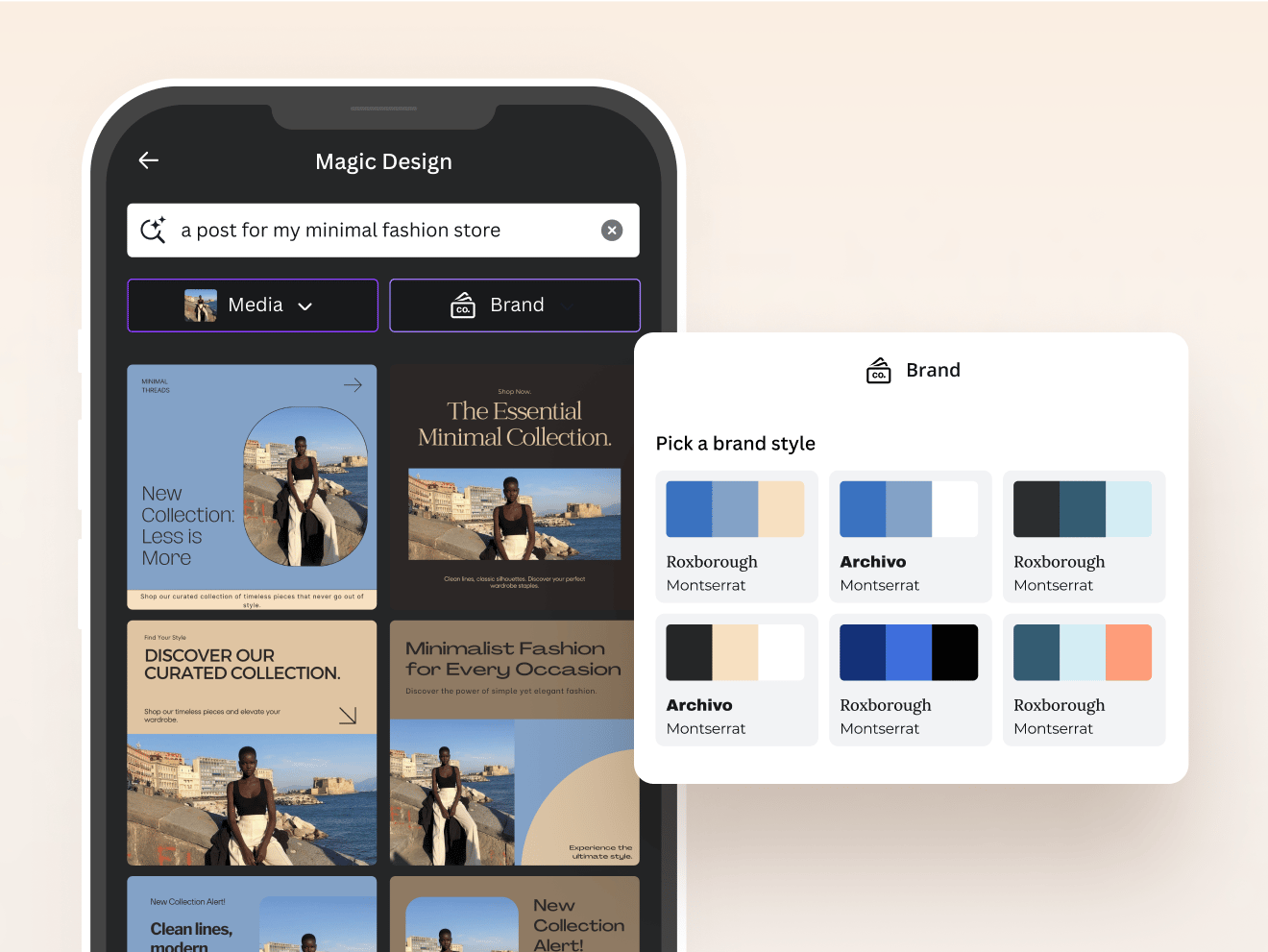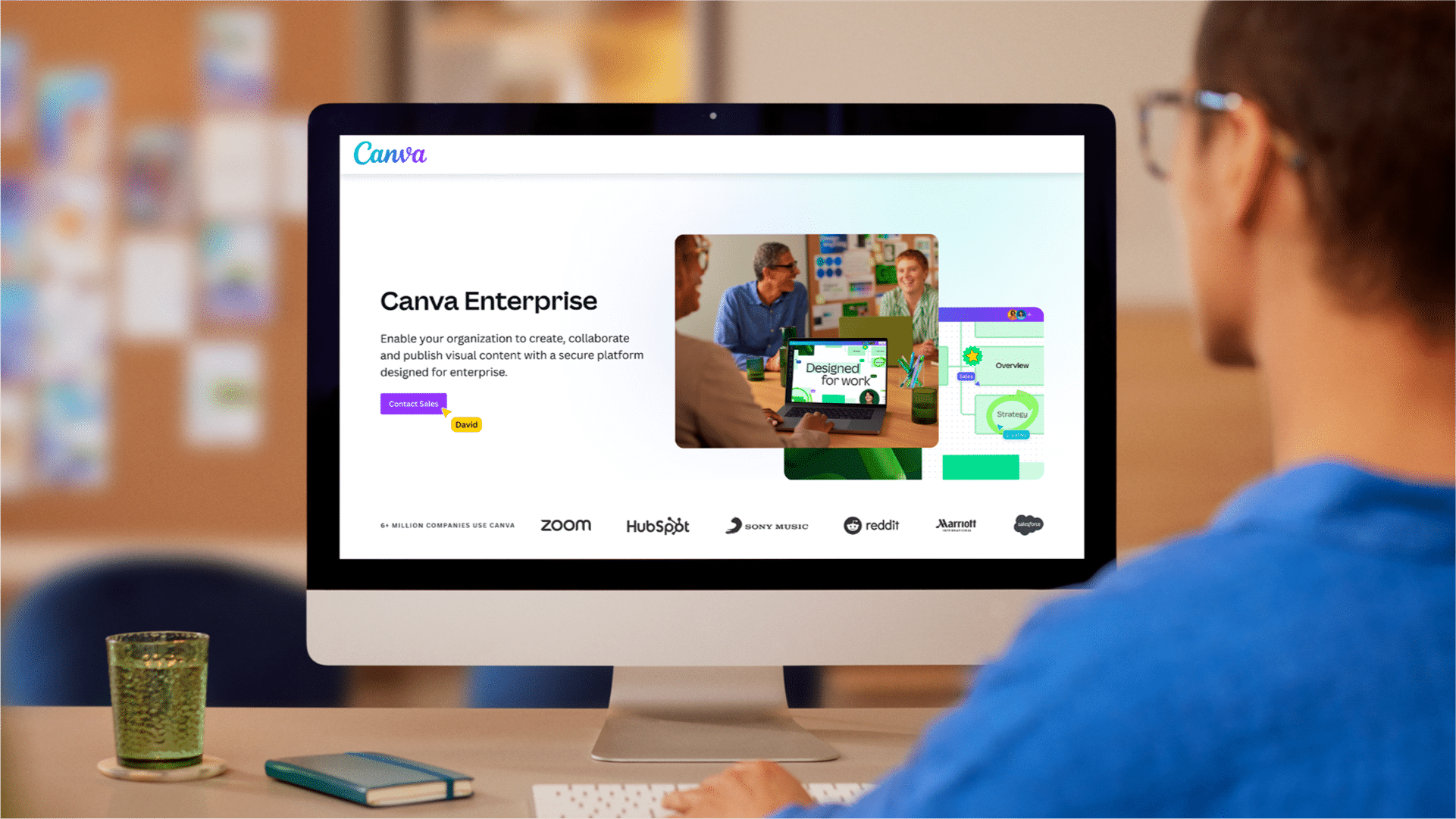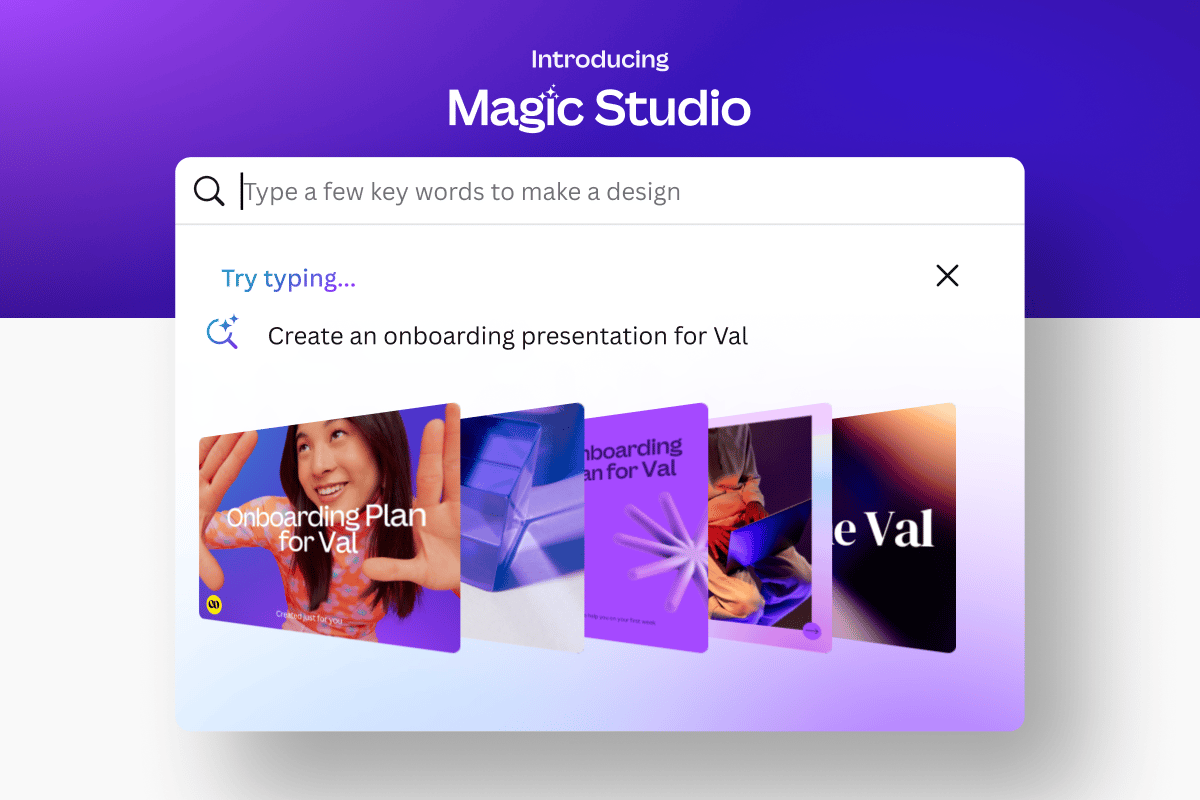 Image 1 of 8
Image 1 of 8

 Image 2 of 8
Image 2 of 8

 Image 3 of 8
Image 3 of 8

 Image 4 of 8
Image 4 of 8

 Image 5 of 8
Image 5 of 8

 Image 6 of 8
Image 6 of 8

 Image 7 of 8
Image 7 of 8

 Image 8 of 8
Image 8 of 8









Adobe Firefly is creating designs that inspire sustainable lifestyle choices
Adobe Firefly, introduced by Adobe in 2023, is a suite of generative AI models designed to revolutionise creative workflows by enabling users to generate images, text effects, and other creative assets from simple text prompts. Firefly aims to integrate seamlessly with Adobe's Creative Cloud suite, providing powerful AI-driven tools that enhance creativity and productivity. The primary users of Adobe Firefly include graphic designers, digital artists, marketers, and content creators who seek to leverage AI to streamline their creative processes.
Location
Headquarters: San Jose, California, USA.
Operations: Global reach with users across multiple countries.
Strategic Reach: Cloud-based platform accessible worldwide, integrated with Adobe Creative Cloud.
The Circular Vision
Design Principles: Promotes efficient use of resources by enabling rapid content creation and reducing the need for extensive manual design work.
Resource Optimization: AI-driven tools optimise the creative process, minimising time and energy consumption.
Life Cycle Considerations: Facilitates early-stage design and content creation, potentially reducing waste in later stages of production.
Leveraging for Good: Creators can use Adobe Firefly to produce high-quality digital content efficiently, promoting more sustainable practices by reducing the need for extensive physical resources.
Pioneering Solutions
Key Features: Text-to-image generation, text effects, inpainting, outpainting, and seamless integration with Adobe Creative Cloud applications such as Photoshop, Illustrator, and After Effects.
Unique Value Proposition: Adobe Firefly significantly reduces the time required to create high-quality, realistic images and effects from textual descriptions. The platform's deep integration with Adobe's suite of tools sets it apart from other generative AI solutions.
The Regenerative Future
Ecosystem Support: Supports regenerative content creation by enabling the rapid production of high-quality digital assets that minimise resource use and environmental impact.
Future Development: Continuous enhancement of AI algorithms to further improve content generation quality and efficiency.
Creative Empowerment: Empowers creators to focus on artistic expression by automating technical tasks, allowing for more innovative and impactful content.
Ethical Considerations
Data Usage: Ensures data privacy and security, managing the complexity of AI-driven insights while protecting user information.
Bias Mitigation: Implements measures to prevent or address algorithmic bias, ensuring fair and accurate outcomes.
Transparency: Provides clear, data-driven insights and recommendations, allowing users to understand the basis for optimization suggestions.
Guardrails: Includes safety measures to prevent the generation of harmful or inappropriate content, such as blocking violent, adult, or political content.
Challenges: Potential over-reliance on AI-generated content, possibly limiting human creativity if not properly balanced.
Fact Sheet
Availability: Available globally through Adobe Creative Cloud.
RIBA Stages: Most useful in stages 2-4 (Concept Design, Developed Design, Technical Design).
Circular Potential: 5/5.
Key Integrations: Seamlessly integrates with Adobe Creative Cloud applications.
Cost Structure: Included with Adobe Creative Cloud subscription plans.
Carbon Impact: Potential for reducing carbon footprint through efficient digital content creation processes, but platform's own carbon impact minimised through cloud-based operations.
Key Takeaway
Adobe Firefly is at the forefront of integrating AI in digital content creation, offering a platform that dramatically reduces creation time while optimising for efficiency and quality. It has the potential to transform creative workflows, enabling rapid iteration and exploration of innovative and sustainable options.
Explore Further
Adobe Firefly, introduced by Adobe in 2023, is a suite of generative AI models designed to revolutionise creative workflows by enabling users to generate images, text effects, and other creative assets from simple text prompts. Firefly aims to integrate seamlessly with Adobe's Creative Cloud suite, providing powerful AI-driven tools that enhance creativity and productivity. The primary users of Adobe Firefly include graphic designers, digital artists, marketers, and content creators who seek to leverage AI to streamline their creative processes.
Location
Headquarters: San Jose, California, USA.
Operations: Global reach with users across multiple countries.
Strategic Reach: Cloud-based platform accessible worldwide, integrated with Adobe Creative Cloud.
The Circular Vision
Design Principles: Promotes efficient use of resources by enabling rapid content creation and reducing the need for extensive manual design work.
Resource Optimization: AI-driven tools optimise the creative process, minimising time and energy consumption.
Life Cycle Considerations: Facilitates early-stage design and content creation, potentially reducing waste in later stages of production.
Leveraging for Good: Creators can use Adobe Firefly to produce high-quality digital content efficiently, promoting more sustainable practices by reducing the need for extensive physical resources.
Pioneering Solutions
Key Features: Text-to-image generation, text effects, inpainting, outpainting, and seamless integration with Adobe Creative Cloud applications such as Photoshop, Illustrator, and After Effects.
Unique Value Proposition: Adobe Firefly significantly reduces the time required to create high-quality, realistic images and effects from textual descriptions. The platform's deep integration with Adobe's suite of tools sets it apart from other generative AI solutions.
The Regenerative Future
Ecosystem Support: Supports regenerative content creation by enabling the rapid production of high-quality digital assets that minimise resource use and environmental impact.
Future Development: Continuous enhancement of AI algorithms to further improve content generation quality and efficiency.
Creative Empowerment: Empowers creators to focus on artistic expression by automating technical tasks, allowing for more innovative and impactful content.
Ethical Considerations
Data Usage: Ensures data privacy and security, managing the complexity of AI-driven insights while protecting user information.
Bias Mitigation: Implements measures to prevent or address algorithmic bias, ensuring fair and accurate outcomes.
Transparency: Provides clear, data-driven insights and recommendations, allowing users to understand the basis for optimization suggestions.
Guardrails: Includes safety measures to prevent the generation of harmful or inappropriate content, such as blocking violent, adult, or political content.
Challenges: Potential over-reliance on AI-generated content, possibly limiting human creativity if not properly balanced.
Fact Sheet
Availability: Available globally through Adobe Creative Cloud.
RIBA Stages: Most useful in stages 2-4 (Concept Design, Developed Design, Technical Design).
Circular Potential: 5/5.
Key Integrations: Seamlessly integrates with Adobe Creative Cloud applications.
Cost Structure: Included with Adobe Creative Cloud subscription plans.
Carbon Impact: Potential for reducing carbon footprint through efficient digital content creation processes, but platform's own carbon impact minimised through cloud-based operations.
Key Takeaway
Adobe Firefly is at the forefront of integrating AI in digital content creation, offering a platform that dramatically reduces creation time while optimising for efficiency and quality. It has the potential to transform creative workflows, enabling rapid iteration and exploration of innovative and sustainable options.
Explore Further













